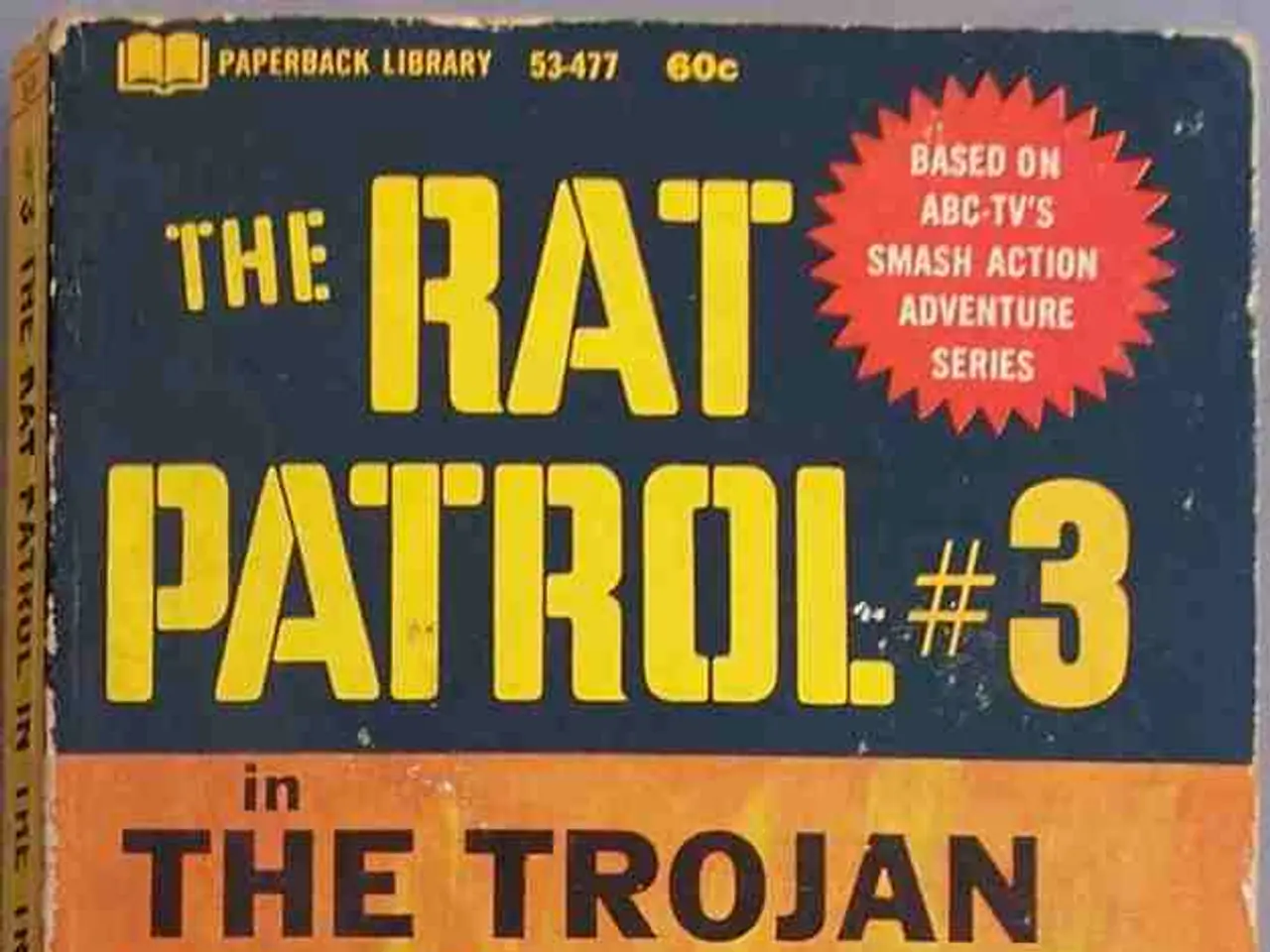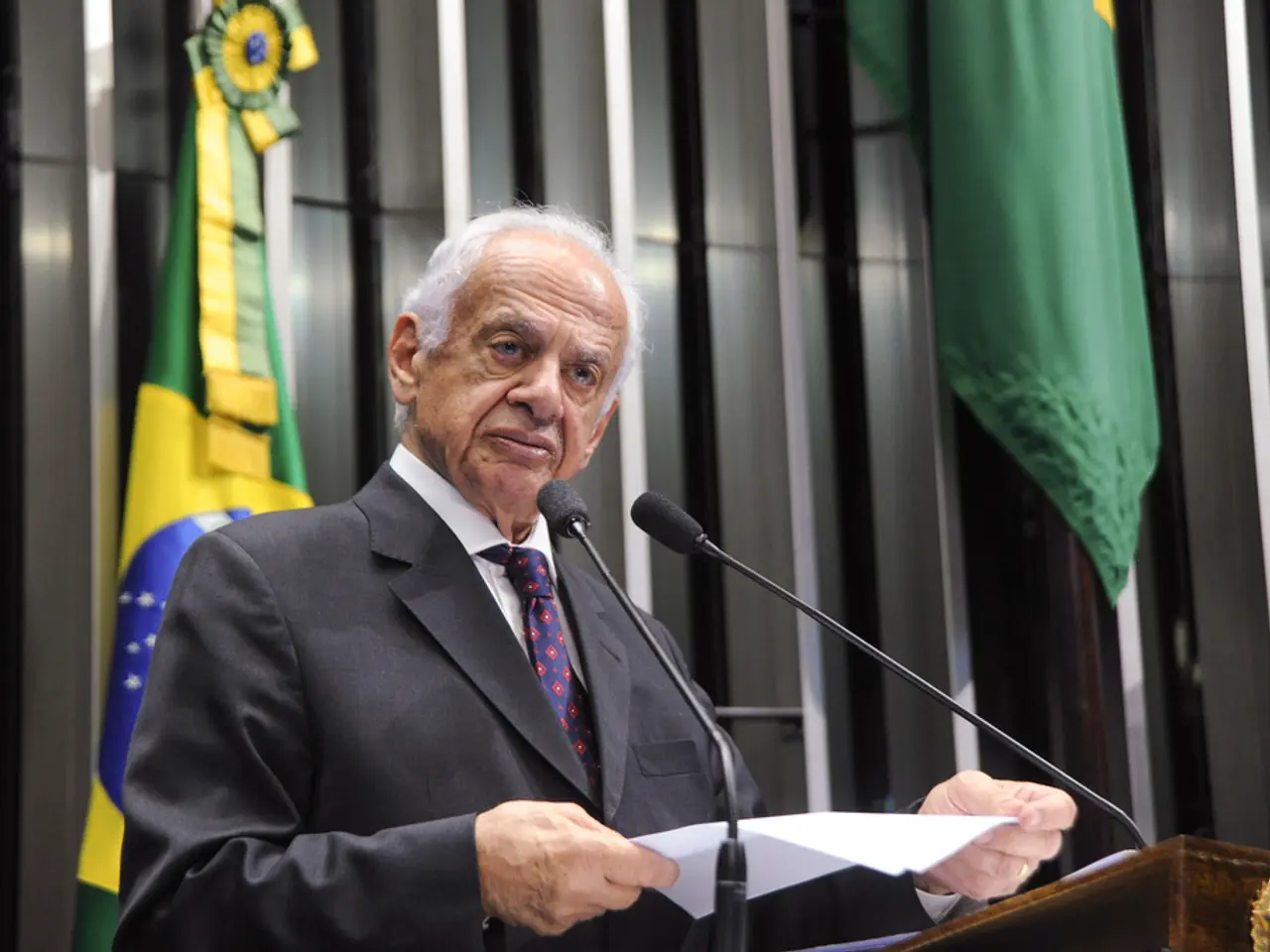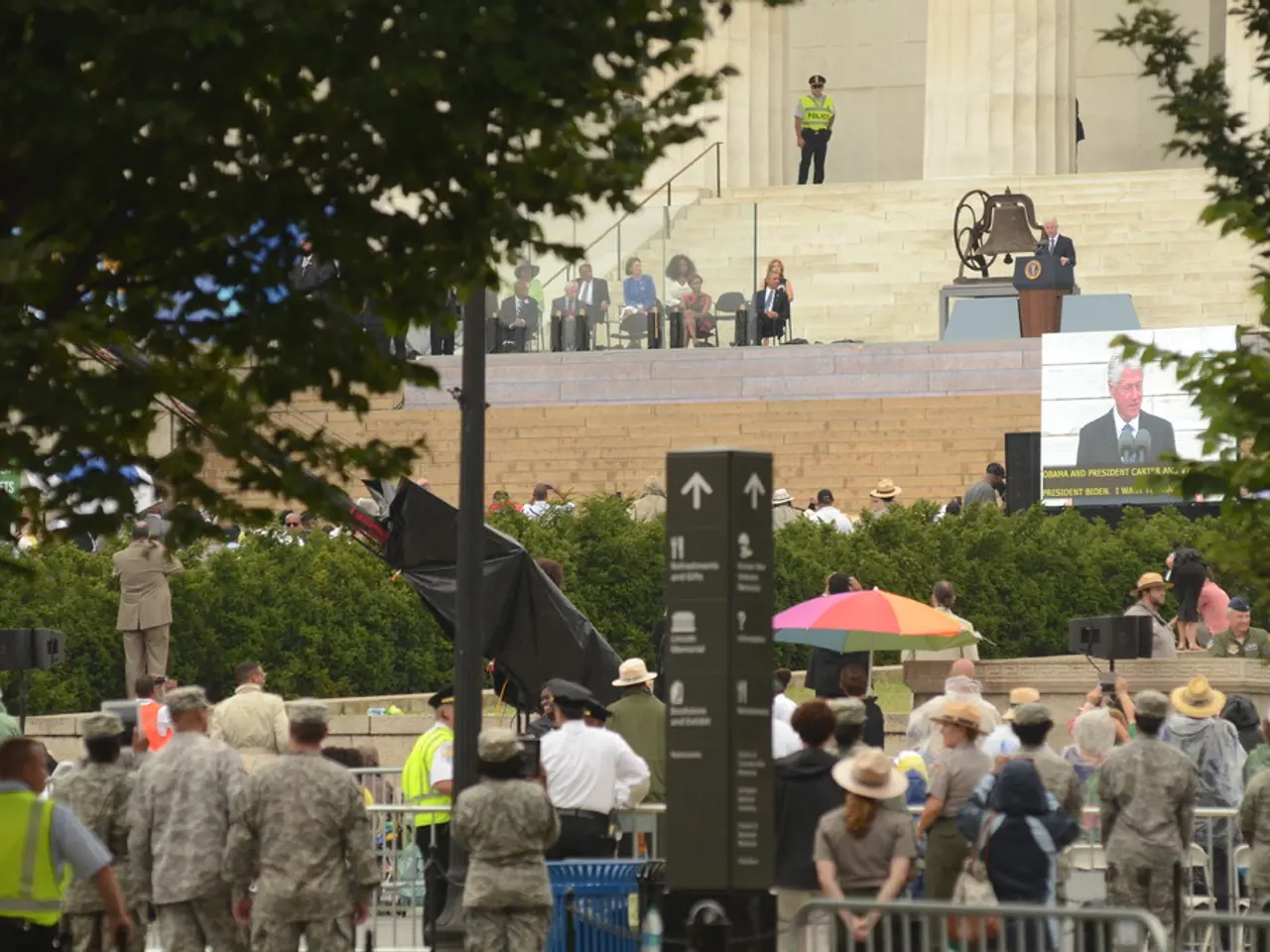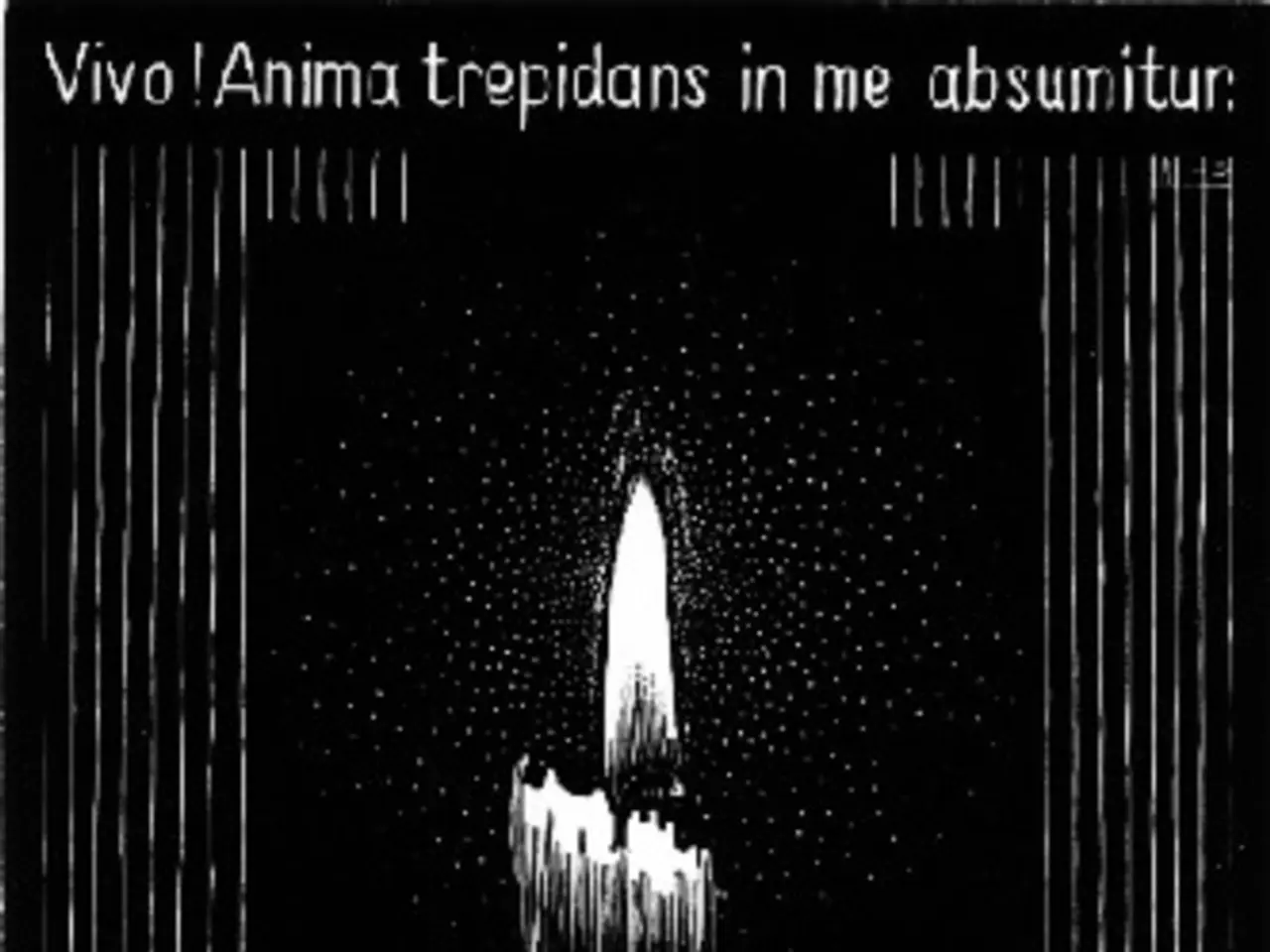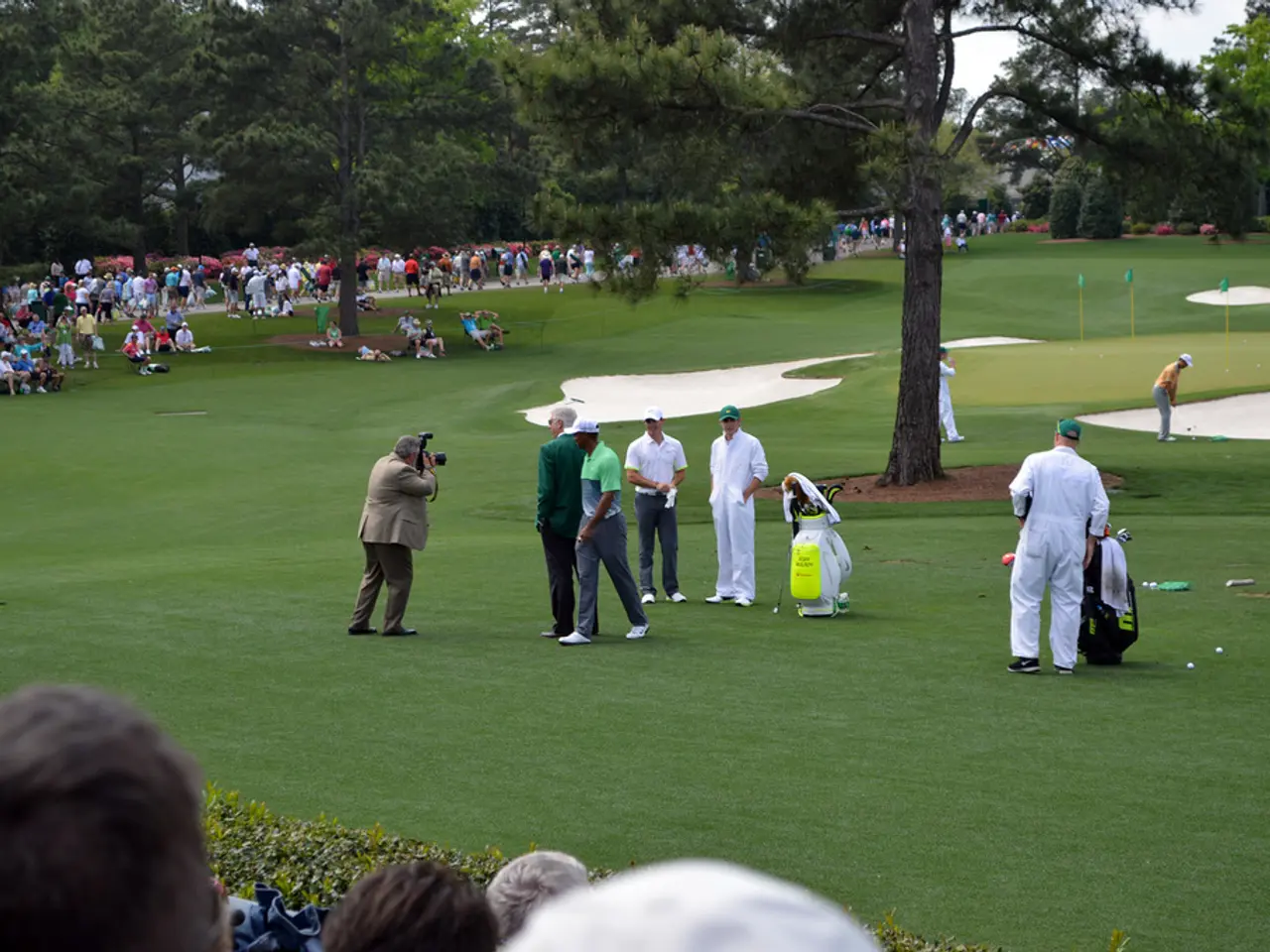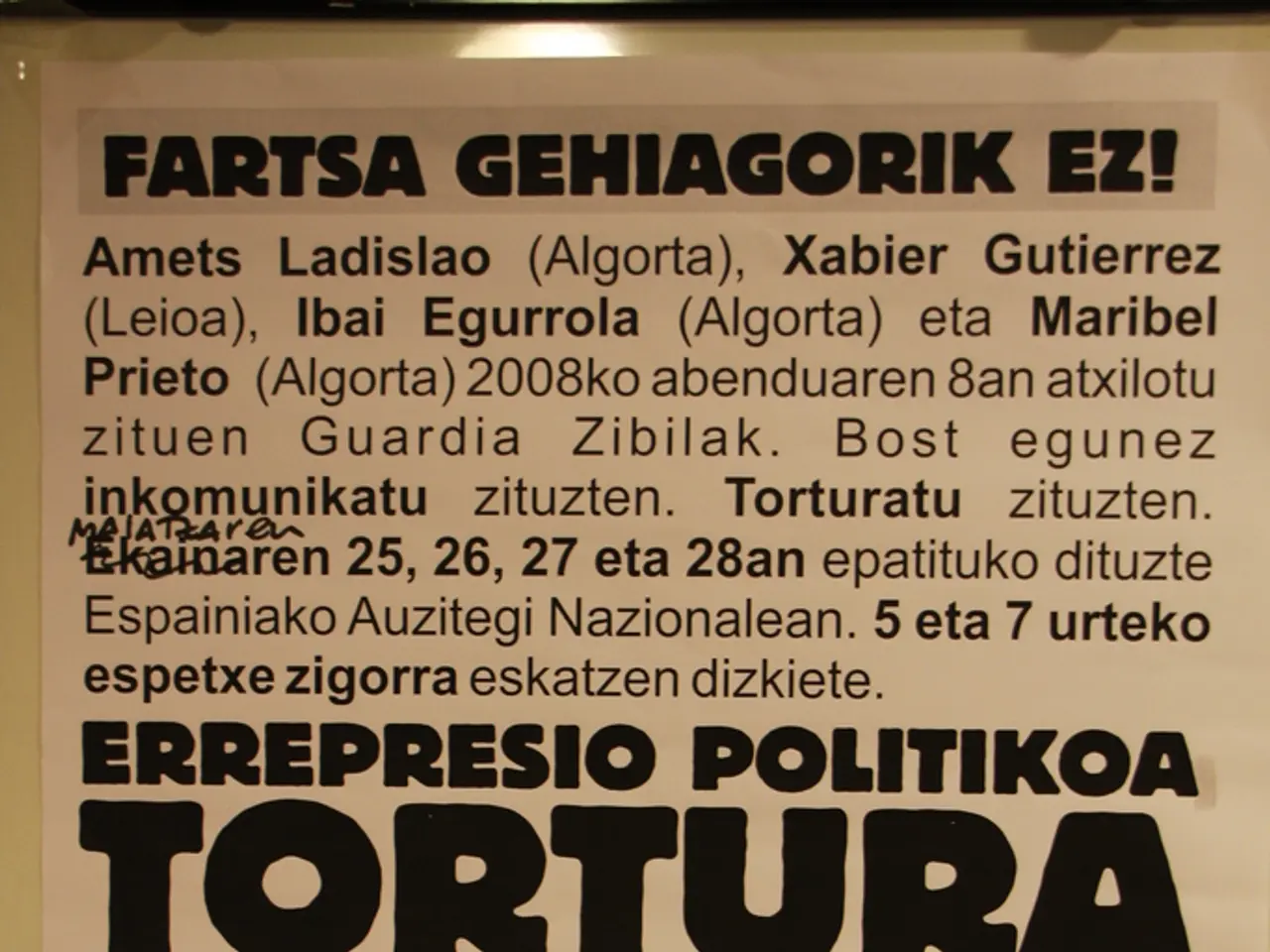Trump announces that Ambassador Witkoff will journey to Russia within the following week
Headline: Tensions Escalate as Trump-Putin Summit Approaches: Russia Continues Offensive Against Ukraine
The ongoing conflict between Russia and Ukraine remains active, with military operations primarily in eastern and southern Ukraine. Russian forces have made limited offensives near Novopavlivka and attempted advances near Kupyansk, but Ukrainian forces are maintaining or regaining positions in contested areas [1][3]. Ukraine is conducting long-range drone strikes on Russian military and defense industrial targets, reflecting continued Ukrainian resistance [1].
As the war continues, diplomatic efforts are underway to find a resolution. On August 15, 2025, U.S. President Donald Trump and Russian President Vladimir Putin will meet in Alaska for their first in-person meeting since Trump's return to office and the war’s onset. Trump has positioned this meeting as an opportunity to negotiate a potential ceasefire and broader peace deal, warning Putin that failure to agree could trigger secondary U.S. sanctions [2][4].
However, Putin's demands for ending the Ukraine war remain maximalist, demanding Ukraine withdraw from unoccupied parts of Donetsk Oblast and opposing Ukraine’s NATO aspirations or hosting Western troops. He aims to secure territorial gains and reduce Western influence in Ukraine [1][2]. Ukrainian President Volodymyr Zelenskyy has expressed readiness for genuine negotiations but firmly rejects any deals excluding Ukraine or conceding territorial integrity, particularly any recognition of Russian annexation. Zelenskyy insists that peace agreements must not be “stillborn decisions” made without Kyiv's involvement and stresses Ukraine’s ongoing goal of NATO membership [2][5].
European allies continue to support Ukraine’s sovereignty and territorial integrity, emphasizing that peace cannot be achieved without Kyiv's consent and backing continued military and security assistance, primarily funded by Europe rather than the U.S.[3][5].
The situation remains complex, with high-profile diplomatic efforts underway but entrenched opposing positions on both sides. One person was killed by Russian shelling in the southern Kherson region, according to Ukraine's military administration. Ukraine launched a drone attack on an oil depot in Sochi, sparking a fire. Trump's special envoy, Steve Witkoff, will visit Russia in the coming week [6].
Trump has deployed nuclear submarines to the region, although he has not specified whether they are nuclear-powered or nuclear-armed [7]. Putin has stated a desire for a lasting and stable peace between Russia and Ukraine, with conditions remaining the same from the Russian side [8]. However, Trump has expressed increasing frustration with Putin over Moscow's unrelenting offensive in Ukraine. Ukraine has threatened to intensify its air strikes against Russia in response to increased Russian attacks on its territory [9].
As the deadline for imposing fresh sanctions on Moscow approaches, the outcome of the Trump-Putin summit remains uncertain, with skepticism about achieving a lasting peace deal [1][2][5].
Sources:
- The Washington Post
- BBC News
- Reuters
- The New York Times
- The Guardian
- Politico
- CNN
- RIA Novosti
- AP News
Diplomatic discussions intensify as President Trump and President Putin plan to meet in Alaska, aiming to negotiate a potential ceasefire and a broader peace deal, but the maximalist demands from Putin, including Ukraine's withdrawal from certain territories and opposition to Ukraine's NATO aspirations, create obstacles in reaching an agreement. Meanwhile, politics and general news continue to focus on the ongoing war-and-conflicts between Russia and Ukraine. Ukraine's retaliation includes long-range drone strikes on Russian military and defense industrial targets, while Europe maintains support for Ukraine's sovereignty and territorial integrity, seeking continued military and security assistance to counter Russian offensives.
